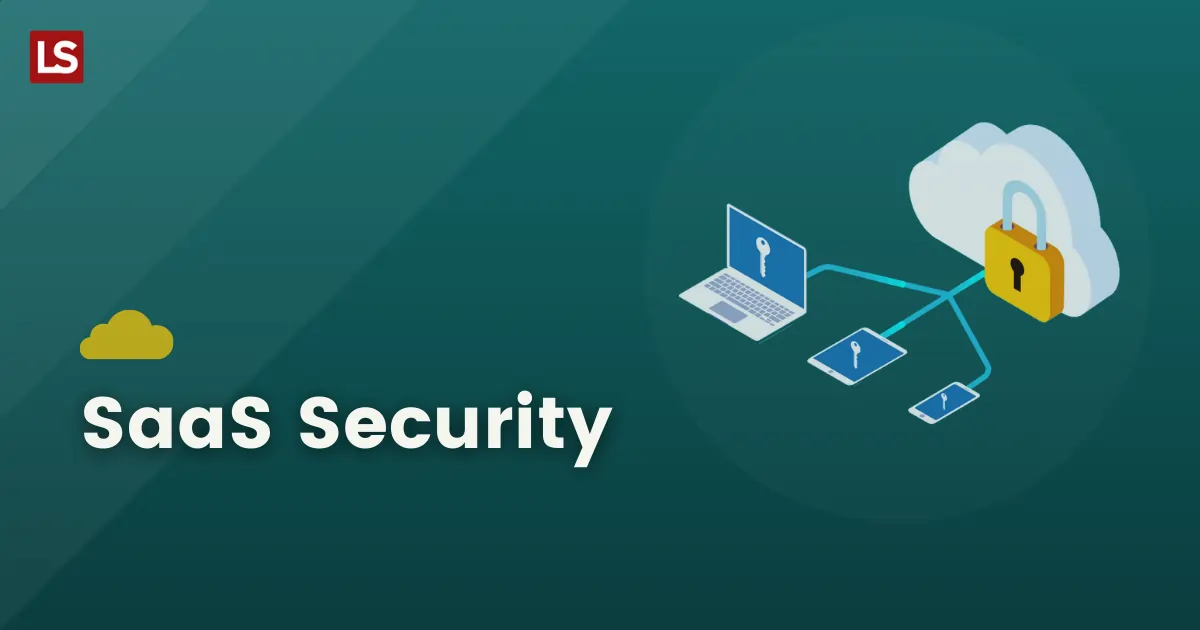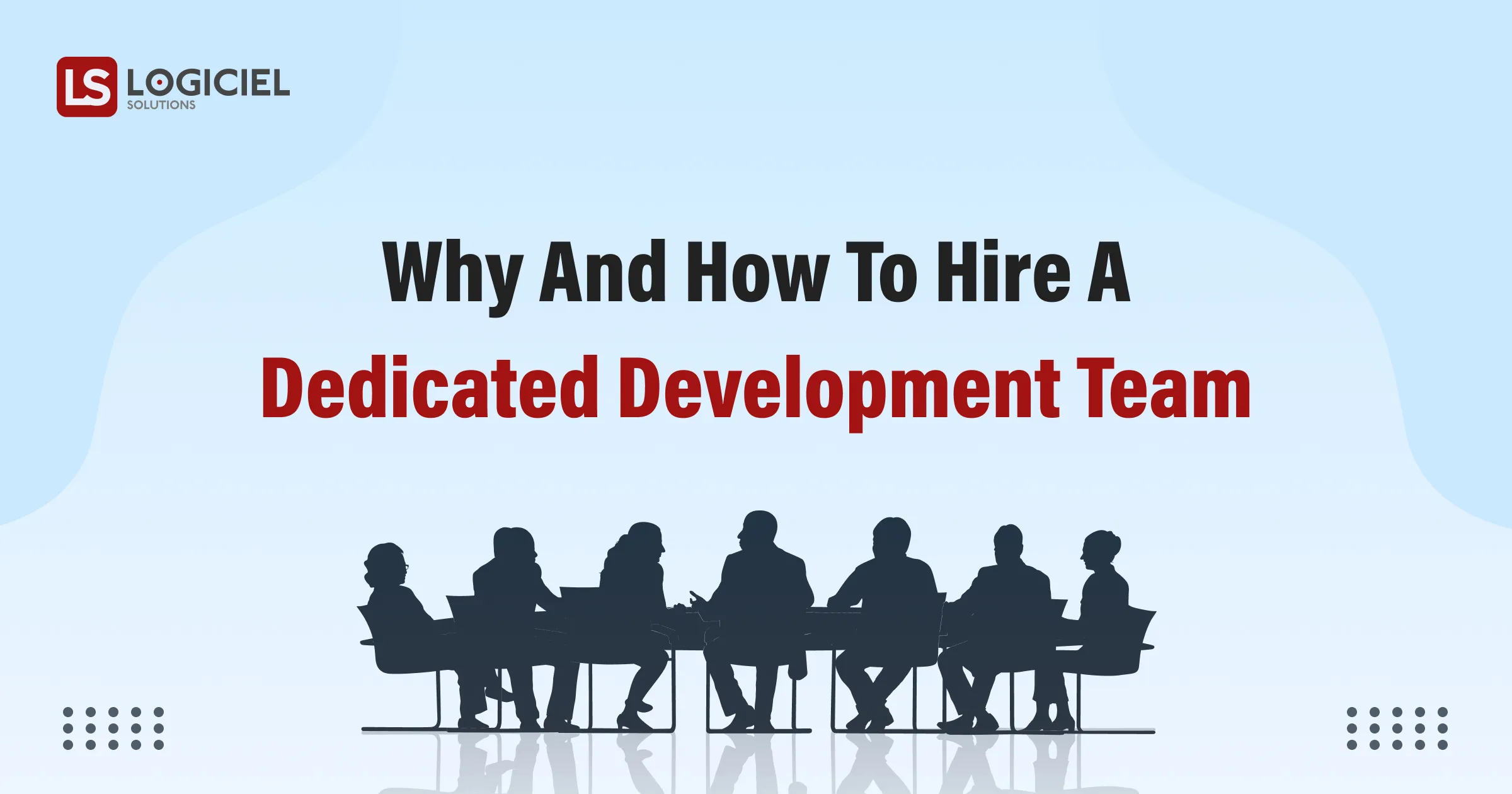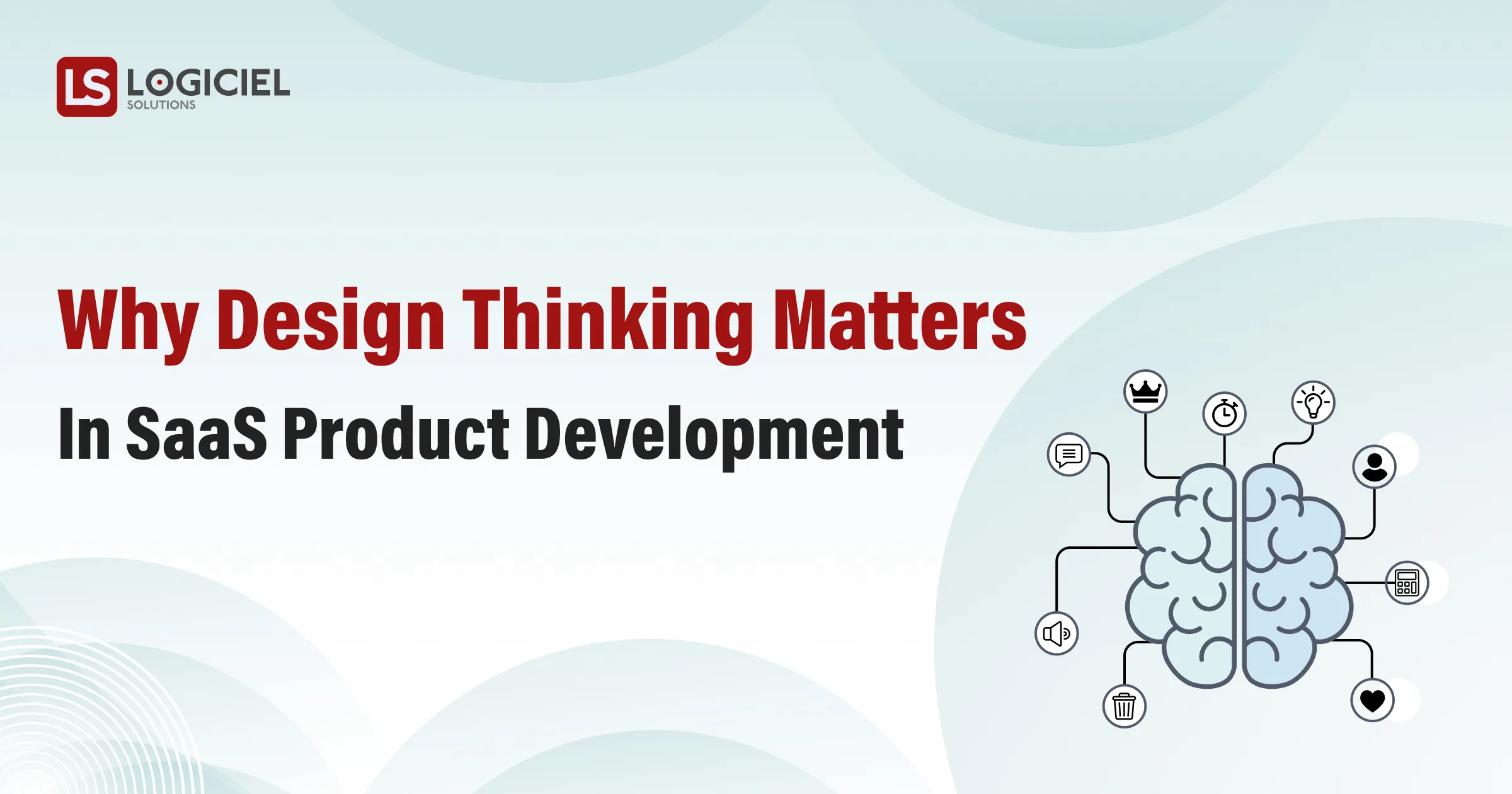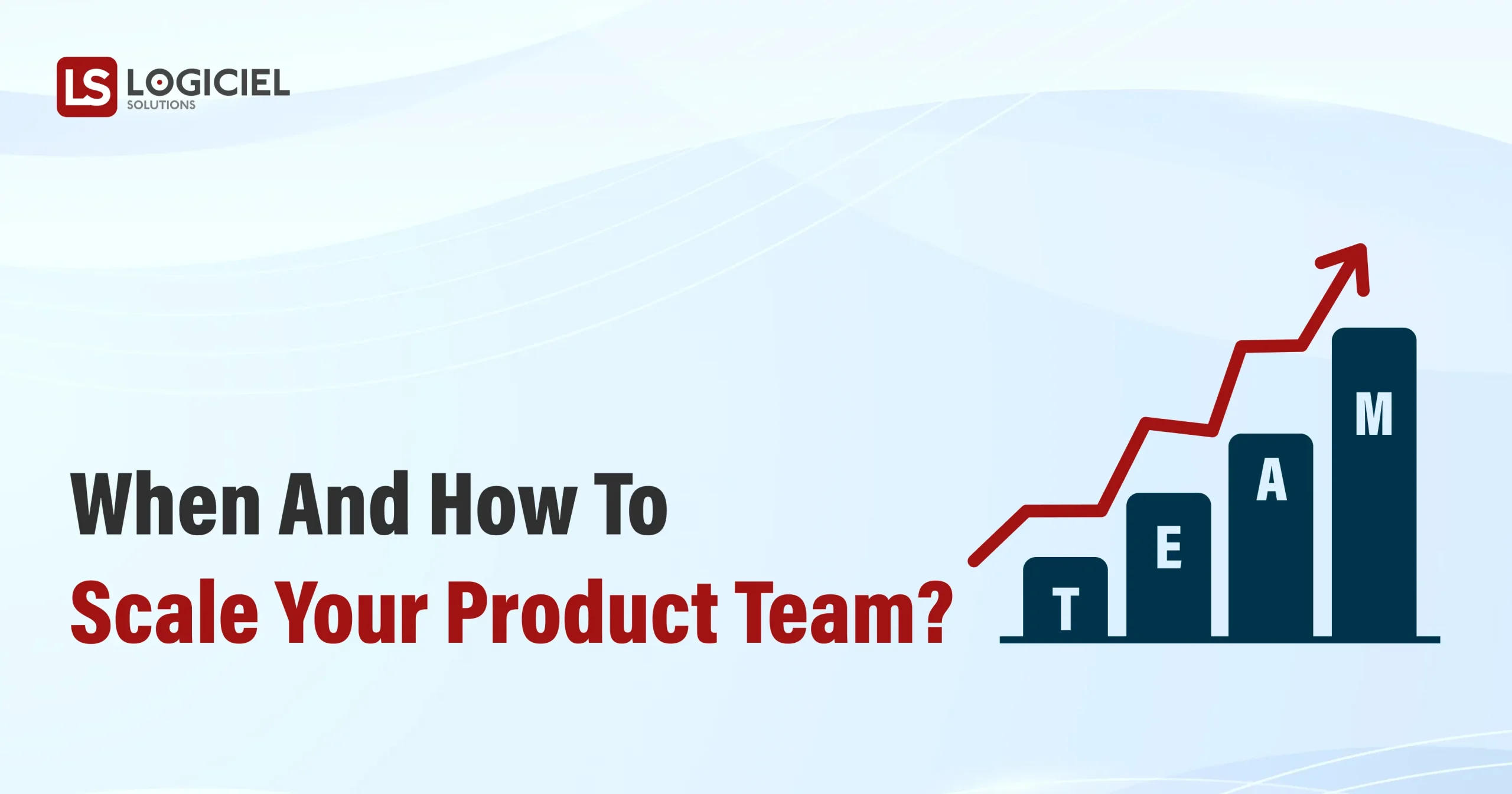Software as a service (or SaaS) is a way of delivering applications over the Internet as a service. SaaS also known as cloud application services, does not require software installation and maintenance, you can access it easily through the Internet. Infact, SaaS is anticipated to grow to $104.7 billion in 2020, according to Gartner.
SaaS applications are mostly delivered through a web browser. The subscribers pay for SaaS services and the price depends upon the features they would like to use.
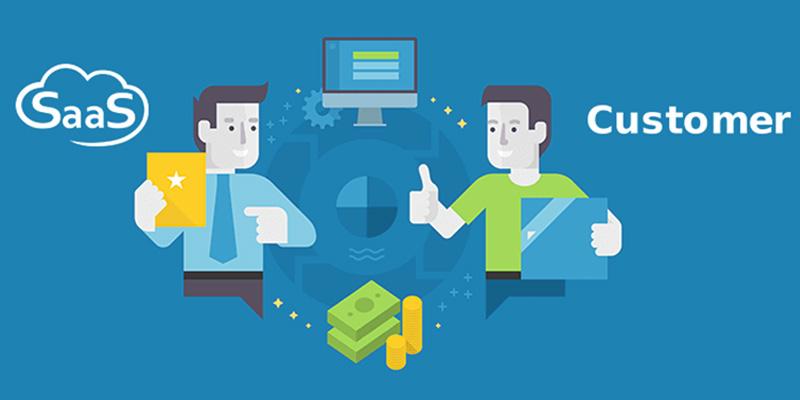
SECURITY is one of the primary concerns for customers as well as for vendors in Saas Application. In 2015, A Survey For Truste Data Privacy Management Solutions, Conducted By Ipsos, found that customer concern for data security was as high as 92%.
There are various challenges with SaaS security.
- Limited transparency to maintain Security Review Checklist.
- Incapacity to assess the security of the cloud application provider’s operations for secure deployment.
- Inability to maintain regulatory compliance.
- Theft of confidential data like Customer credit card information by cybercriminals.
- Dearth of skilled staff to regularly educate customers from a security perspective.
- Incomplete control over DevSecOps.
Such elements could lead to both financial as well as legal liabilities. That’s why it’s important for businesses to plan for and ensure SaaS applications security- to prevent customer’s data from going into the wrong hands.
Best Practices to Protect Your SaaS Application
Maintain A Security Review Checklist
- Evaluate your software requirement and detect security vulnerabilities and risks. This Security Knowledge Framework by OWASP might help you to understand.
- Understand how to define and eliminate risks.
- Create a checklist with both internal controls and security standards for SAAS applications.
- Define a policy which tells your SaaS app users about the data you collect and process.
You can add more in the checklist depending upon the requirements. A regular review and updation of the document with new discovered threats can help improve both application security and quality.
Ensure Secure Deployment.
If you want to deploy your SaaS application on public clouds then you have to ensure that your security settings comply with the settings recommended by the public cloud service provider. You must pay attention to the protection from the DDoS attacks, which could shut down a machine or network, making it inaccessible to its intended users.
If you are choosing a SaaS vendor, then the application development and deployment team should be trained enough for correctly using Cloud service providers(CSP) services to implement applications. CSP provides documentation for best practices for using their services. It must ensure the system has compliance with security principles and standards.
Must Be Strict With Compliance Certifications.
Protect Sensitive Data
Educating Customers
Customer education should be one of your biggest priorities. It gives them an understanding of account takeover frauds (ATOs) wherein a criminal can impersonate them and can hack into their account. You can explain to them how enforcing a two-factor authentication (2FA) on all logins and password managers (like 1Password, Dashlane, LastPass, KeePass, and many others) can help in upholding SaaS application security. You can also make provision for role-based access (RBAC) features that would allow user-specific access and editing permissions for data. Customers feel included and empowered when you regularly update them on organization’s security principles and policies.
DevSecOps Processes
DevSecOps is the philosophy of integrating security practices within the DevOps process. It helps to ease the bottleneck effect of older security models on the modern continuous delivery/work pipeline. The overall aim is to improve code quality, increase the speed of application development, and bug fixes faster and feature deployment.
DevOps involves combining software development processes and its deployment on production in systematic and continuous iterations using Continuous Integration – Continuous Delivery/Deployment (CI–CD) process.
CI is a practice of integrating new code into different environments like staging, production and testing the new functionality to make sure it doesn’t break existing functionality.
Conclusion
Being aware of these will help you to enhance security and protect sensitive data against security threats. It is highly important to brainstorm in an early stage with the experts of your organization and prepare a checklist which best suits your application security. Reviewing these checklists regularly can help you to look at potential vulnerabilities and also examine your security principles. This route will build more customers trust and go extra miles with them.

